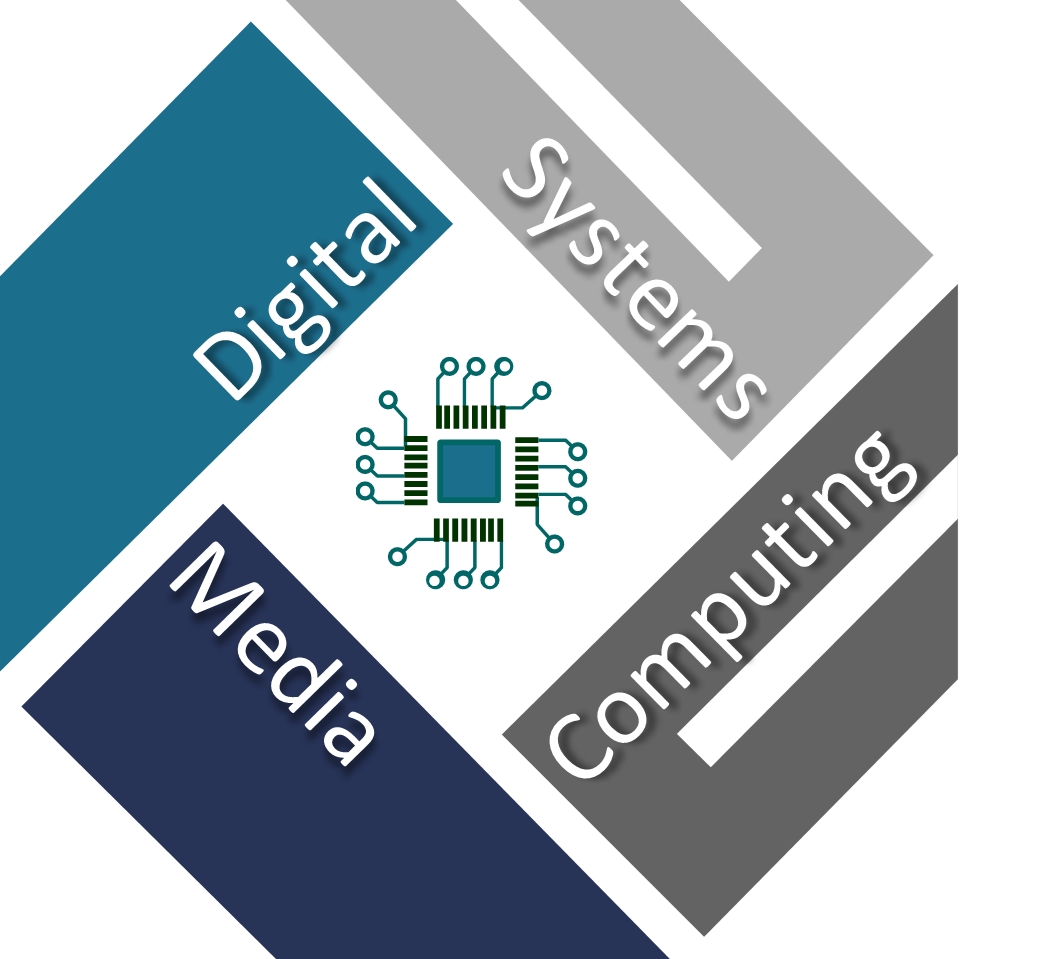EMYNOS
- Home
- EMYNOS

EMYNOS – nExt generation eMergencY commuNicatiOnS


Current emergency systems and 112 services are based on legacy telecommunication technologies, which cannot cope with IP-based services that European citizens use every day. Some of the related limitations are the partial media support, the lack of integration of social media, and the use of an analogue modem for providing eCall services with limited data amount. As most operators have started migrating towards broadband IP-based infrastructures, current emergency systems need also to be upgraded and adapted in order to fulfil regulatory requirements in terms of Next Generation emergency services.
Τhe main objective of the EMYNOS project is the design and implementation of a Next Generation platform capable of accommodating rich-media emergency calls that combine voice, text, and video, thus constituting a powerful tool for coordinating communication among citizens, call centers and first responders.
Additionally, issues such as call routing/redirection to the closest-available call center, retrieval of the caller location, hoax calls prevention, support for people with disabilities, and integration of social media will be addressed.
Within EMYNOS DSMC in collaboration with the CONES Lab of HOU developed SEEK, a framework that enables embedded devices to trigger calls to emergency centers and support IP-based real time communication. SEEK framework is consisted of body sensors and a haptic device enabling elderly and disabled people who live independent to perform emergency calls. Sensors embedded in SEEK, aggregate environmental data and vital signs that monitor user’s current health status and automatically trigger emergency calls when an emergency occurs, providing continuous real-time sensor data. The haptic device enhances further the communication among the end user (disabled person or elderly), first responders and healthcare providers at emergency centers. A prototype implementation and initial results are presented as a proof of concept for deaf and speech impaired people. Whenever an emergency call is performed, sensor data and/or text are forwarded through a SIP client (i.e. SIP phone) that establishes an emergency call with the appropriate PSAP supplying information about the location of the event, sensor data, user’s feelings or needs. For the above purpose a customized version of the Linphone client was developed in order to use Uniform Resource Names (URNs) identifiers for IP-based emergency calls and support SIP SUBSCRIBE/NOTIFY messages.
| Project web-site: www.emynos.eu |
Project Coordinator: Fraunhofer FOKUS . Dr. Yacine Rebahi Email: yacine.rebahi@fokus.franuhofer.de |
Technical Coordinator: TEI Crete . Dr. E. Markakis Email: markakis@pasiphae.eu |
HOU Scientific Coordinator: Ass. Prof. Th. Orphanoudakis Email: fanis@eap.gr |
